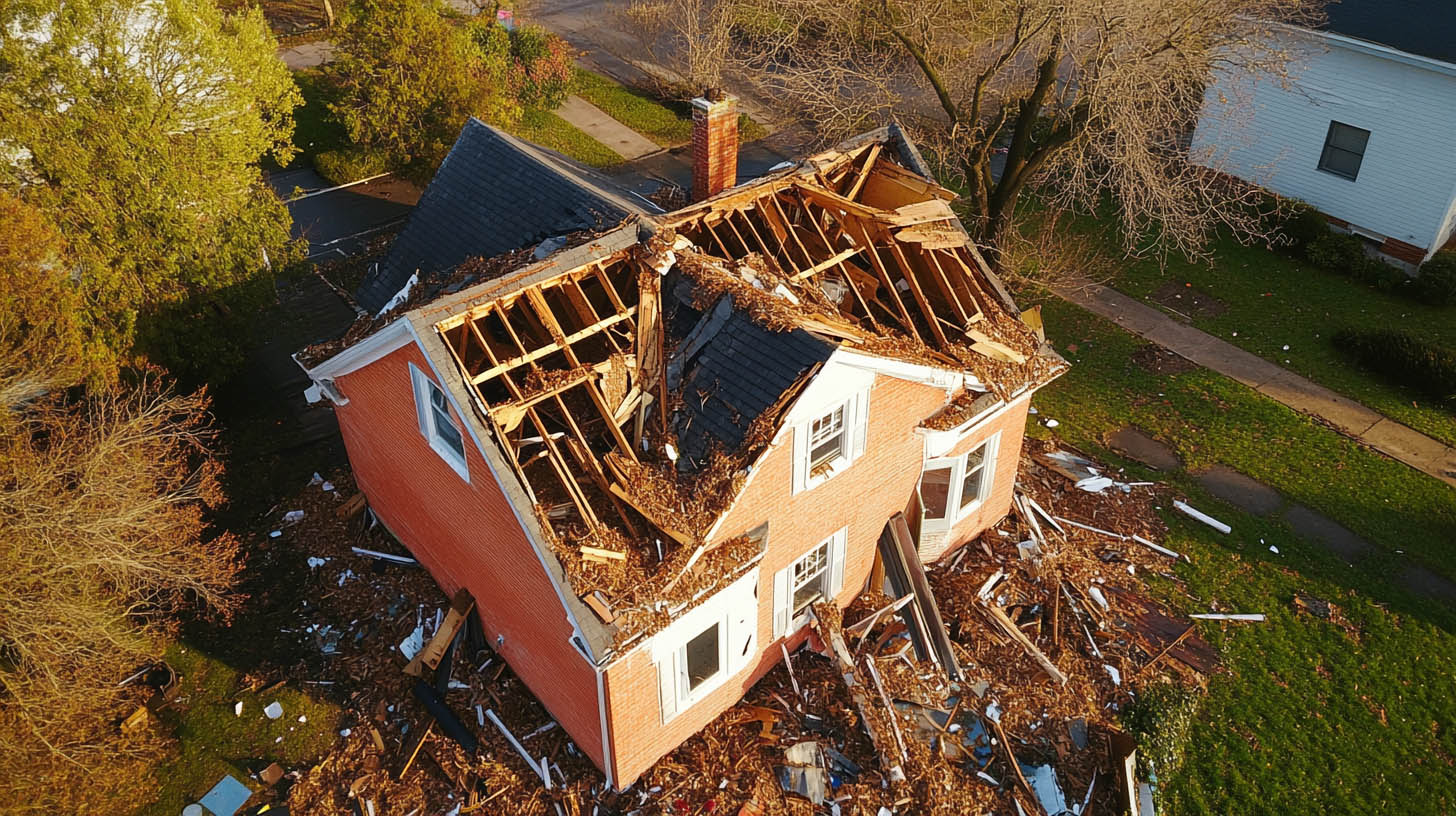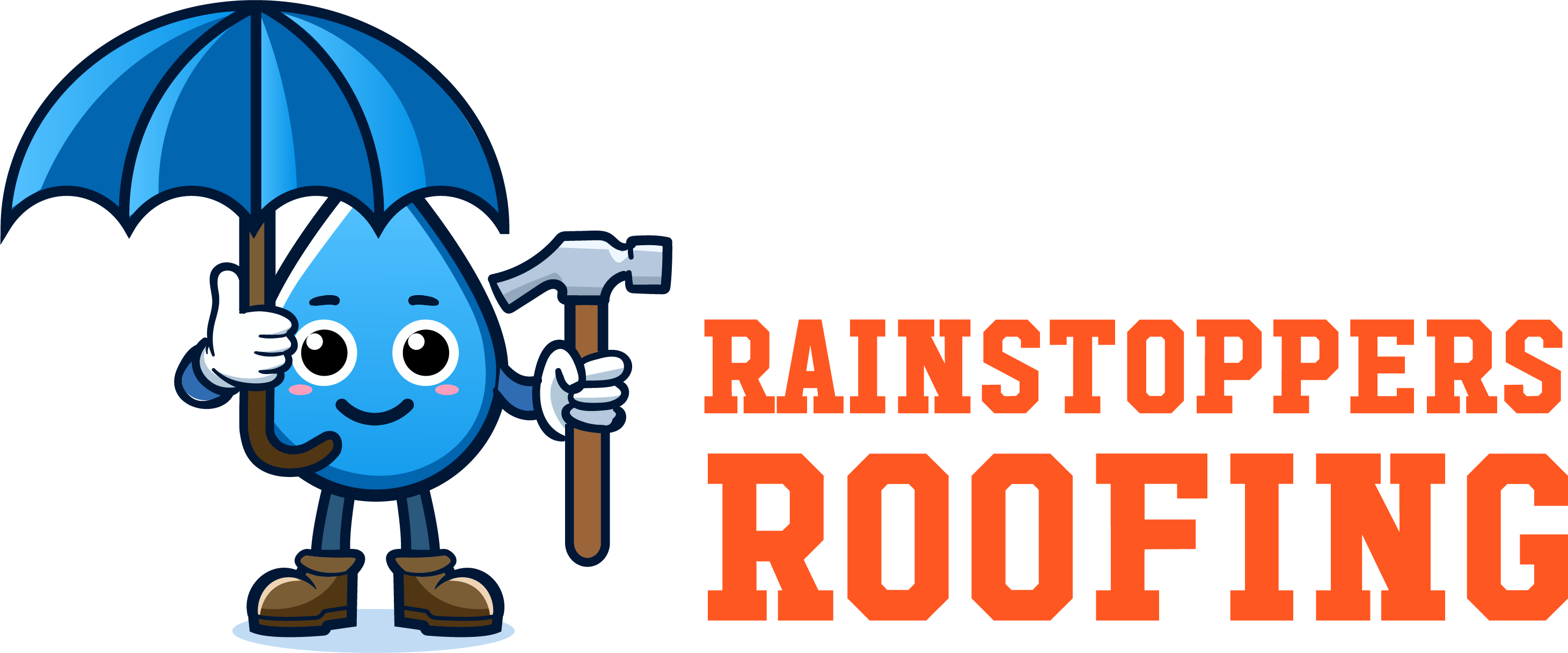
Rainstoppers Roofing provides professional guidance and solutions for homeowners dealing with storm-related roofing damage. Post-storm damage can compromise the integrity of your home, requiring swift and careful action to ensure long-term safety and protection.
Common Roofing Issues After a Storm
Storms with heavy rain, hail, and strong winds can cause significant roof damage. Common issues include:
1. Missing or Damaged Shingles
High winds can rip shingles off or crack them, leaving your roof vulnerable to water leaks. Inspect for:
- Loose or missing shingles.
- Granule buildup in gutters, indicating shingle wear.
2. Flashing Damage
Flashing around chimneys, skylights, and vents may loosen or crack during storms. Damaged flashing often results in leaks.
3. Water Infiltration
Leaks can occur in multiple areas, including valleys, edges, and roof joints. Look for:
- Water stains on ceilings or walls.
- Mold or mildew growth in attics.
4. Roof Sagging or Structural Weakness
Excess water weight from heavy rain or snow can weaken the roof decking, causing it to sag or collapse if not addressed promptly.
Steps to Take After Storm Damage
1. Perform a Preliminary Inspection
Safely assess your roof for visible signs of damage, such as:
- Missing shingles.
- Debris (tree limbs or hail impact).
- Water stains inside the home.
2. Contact a Professional Roofing Contractor
Working with licensed and insured professionals ensures proper assessment and repairs. A professional contractor will:
- Conduct a thorough inspection.
- Identify hidden damages like flashing cracks or moisture in the decking.
- Provide accurate repair estimates.
3. Document the Damage
For insurance purposes, document all visible damages with photographs and detailed notes. Include interior issues like water leaks and mold.
4. File an Insurance Claim
Work directly with your insurance provider to submit a claim. Avoid signing over your claim rights to third-party contractors.
Key Tip: Always verify your roofing contractor is licensed, insured, and approved to work with major roofing material manufacturers.
5. Schedule Immediate Repairs
Prompt repairs prevent further structural damage or mold growth. Address:
- Replacing missing shingles.
- Resealing or replacing damaged flashing.
- Repairing or reinforcing roof decking to maintain safety.
How to Protect Your Roof Before Future Storms
Regular Roof Maintenance
Routine inspections twice a year help identify potential issues, such as:
- Loose shingles.
- Debris buildup in gutters and valleys.
- Flashing or sealant weaknesses.
Trim Overhanging Branches
Tree limbs can break and damage your roof during storms. Regularly trimming overhanging branches reduces this risk.
Invest in Impact-Resistant Materials
Upgrade to durable roofing materials, such as Class 4 impact-resistant shingles or metal roofs, to minimize storm damage.
Unique Fact: Impact-resistant shingles can withstand wind speeds of up to 130 mph, offering better protection against severe storms.
Why Professional Help Matters
Working with certified roofing professionals like Rainstoppers Roofing ensures:
- Accurate damage assessments.
- High-quality repairs backed by warranties.
- Compliance with manufacturer guidelines to maintain product warranties.
Professionals can also guide homeowners through the insurance claim process, ensuring a smooth experience.
FAQs
1. How soon should I inspect my roof after a storm?
Immediately after the storm clears, perform a preliminary inspection, but prioritize safety. Schedule a professional inspection within 1–2 days.
2. What are the signs of hidden storm damage?
Water stains, mold growth, sagging ceilings, and granule loss in gutters often indicate underlying damage.
3. Does my insurance cover storm damage?
Most homeowner policies cover storm-related roofing damage. Document the damage thoroughly and contact your insurance provider promptly.
4. Should I repair or replace my roof after a storm?
The decision depends on the extent of the damage. Minor repairs can suffice for isolated damage, but widespread damage may require replacement.
5. Why is flashing often damaged during storms?
High winds and heavy rain can loosen flashing, especially around joints or roof penetrations like chimneys and vents.
Conclusion
Addressing post-storm roofing issues promptly is essential to protect your home from further damage. Partnering with experienced professionals ensures thorough assessments, quality repairs, and peace of mind.
Contact Rainstoppers Roofing today for emergency inspections and reliable storm damage repairs.If you want to read a blog about roof maintenance myths debunked and keeping your roof in top shape, click here.
